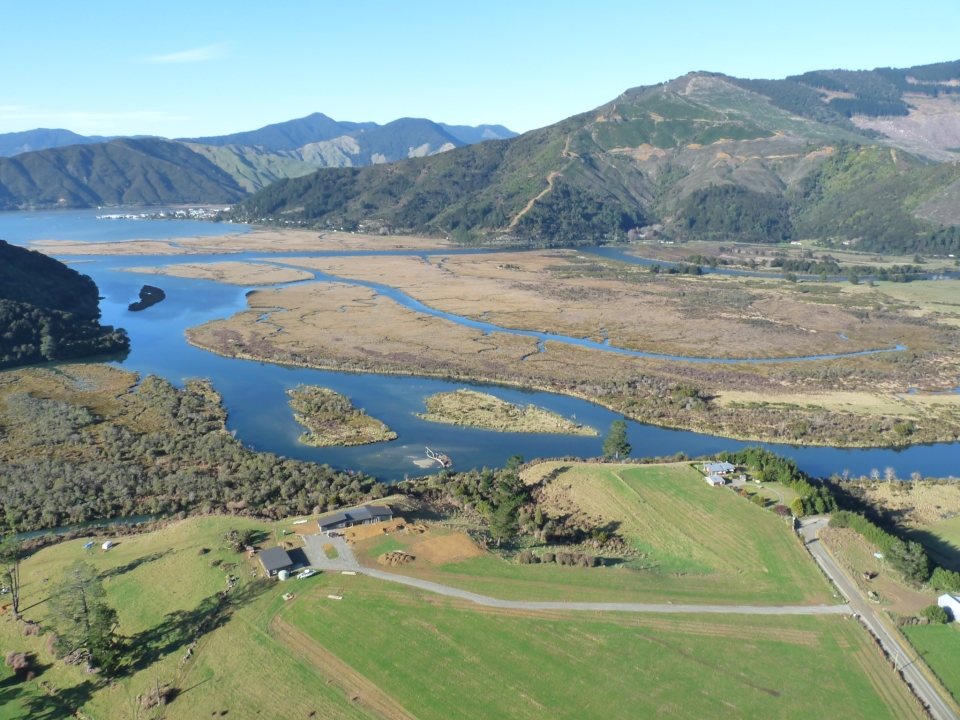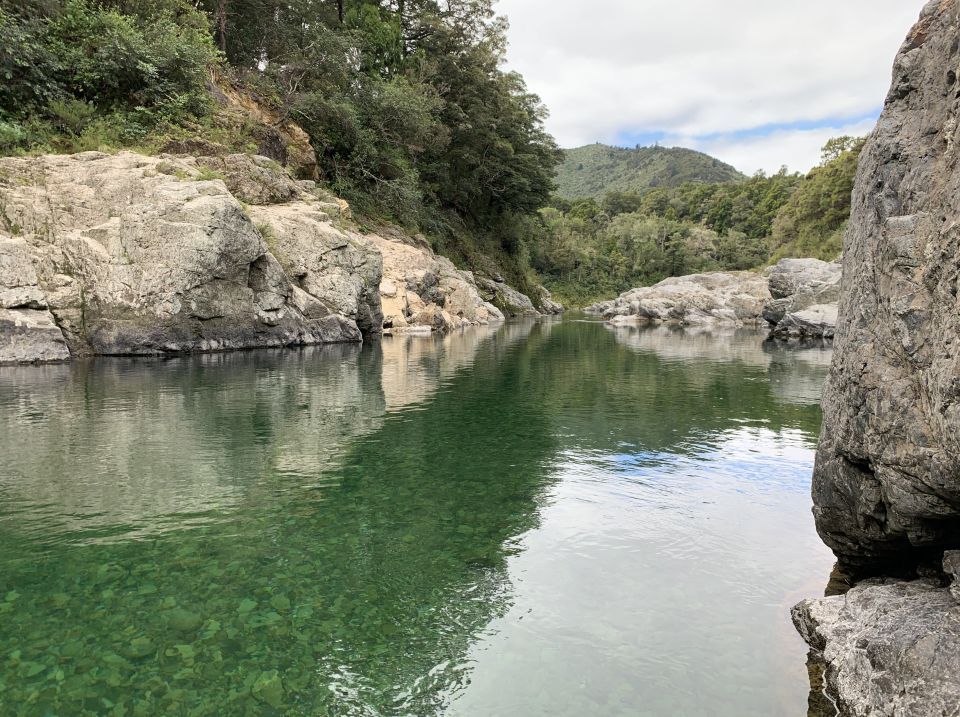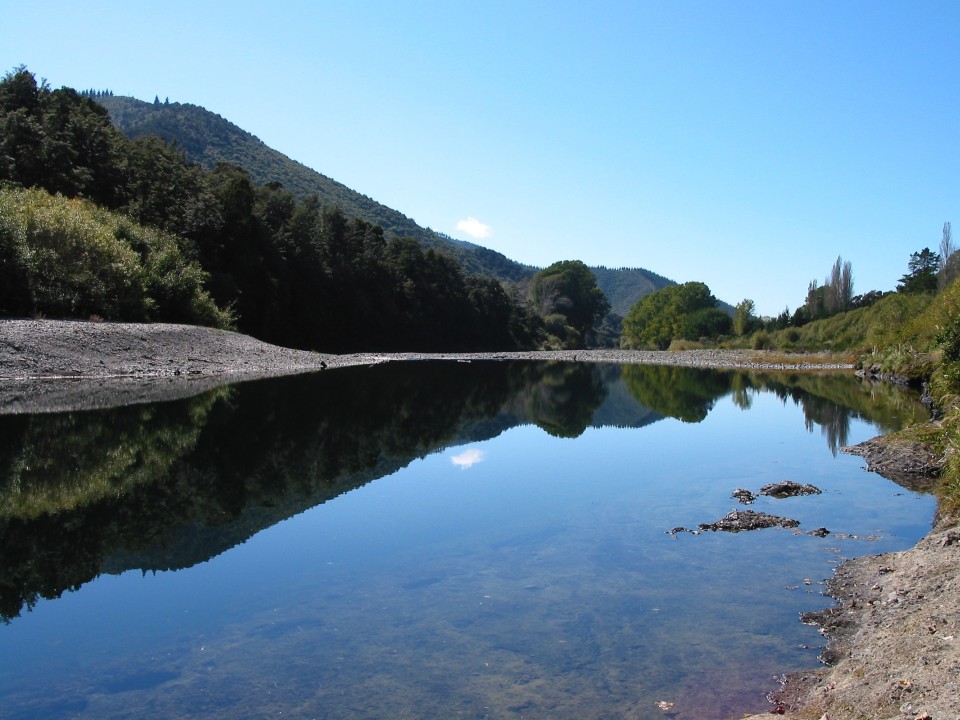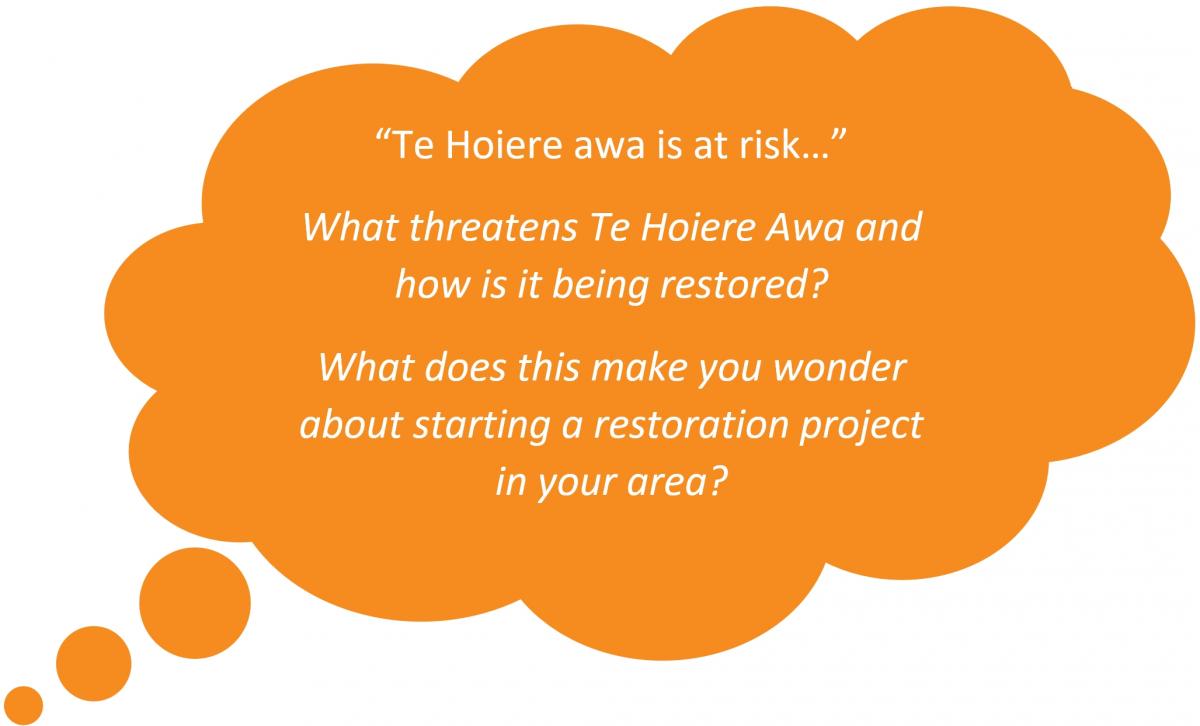You can contact LEARNZ, part of CORE Education, at:
Postal Address:
PO Box 13 678,
Christchurch 8141,
New Zealand

During this field trip we will explore Te Hoiere Awa/Pelorus River Catchment and see how it is being restored.
Te Hoiere/Pelorus River is the largest river catchment draining into the Marlborough Sounds – a very significant area for Ngāti Kuia.
During this field trip we will explore the catchment from the estuary up into the mountains, following the journey of Matua Hautere and Kaikaiāwaro.
Matua Hautere and Kaikaiāwaro are two significant Ngāti Kuia ancestors. Matua Hautere was an explorer, he is likened to his ancestor Kupe, both travelling in and around Aotearoa, exploring, finding, discovering and naming. Matua Hautere travelled on his waka, Te Hoiere and this is why the catchment is known as Te Hoiere.
Matua Hautere was guided by Kaikaiāwaro and Ruamano, kaitiaki that take the form of aihe or dolphins. Kaikaiāwaro the female element, Ruamano the balancing male element. Ruamano eventually returned but Kaikaiāwaro stayed to protect and guide Ngāti Kuia even today. When Ngāti Kuia fish down the Sounds they offer some back as a way to thank Kaikaiāwaro for protecting them.

Matua Hautere travelled across Raukawakawa (Cook Strait) and travelled all through the Marlborough Sounds on his way to Nelson. He and Kaikaiāwaro moved through and named places and recorded the resources and food they found. Matua Hautere is important to Ngāti Kuia because he named so many of the special places down the Sounds. He is important too because Ngāti Kuia ancestors recorded many pūrākau (stories) involving Matua Hautere and Kaikaiāwaro. Many lessons are taken from these and people strive to be like Matua Hautere - brave, daring, discoverers, explorers, kaitiaki and adaptable.
Te Hoiere Pelorus catchment is a special place - a place worth looking after. This is why the Marlborough Council, Ngāti Kuia, the Department of Conservation and the wider community are coming together for Te Hoiere Pelorus Project – a project to look after the whole catchment from the mountains to the sea (ki uta ki tai).
The bush-clad high slopes of the headwaters are home to native trees and endangered species while lower slopes and the valley floor have been developed for forestry and farming. Like arteries through the landscape, Te Hoiere/Pelorus River and Kaituna River sustain the whole area on their journey down to Motuweka/Havelock estuary and Te Hoiere/Pelorus Sound.

Te Hoiere Project is working to restore the river by: 
Complete the Te Hoiere Pelorus Catchment quiz.
> Discover more about water and restoring awa in Aotearoa.